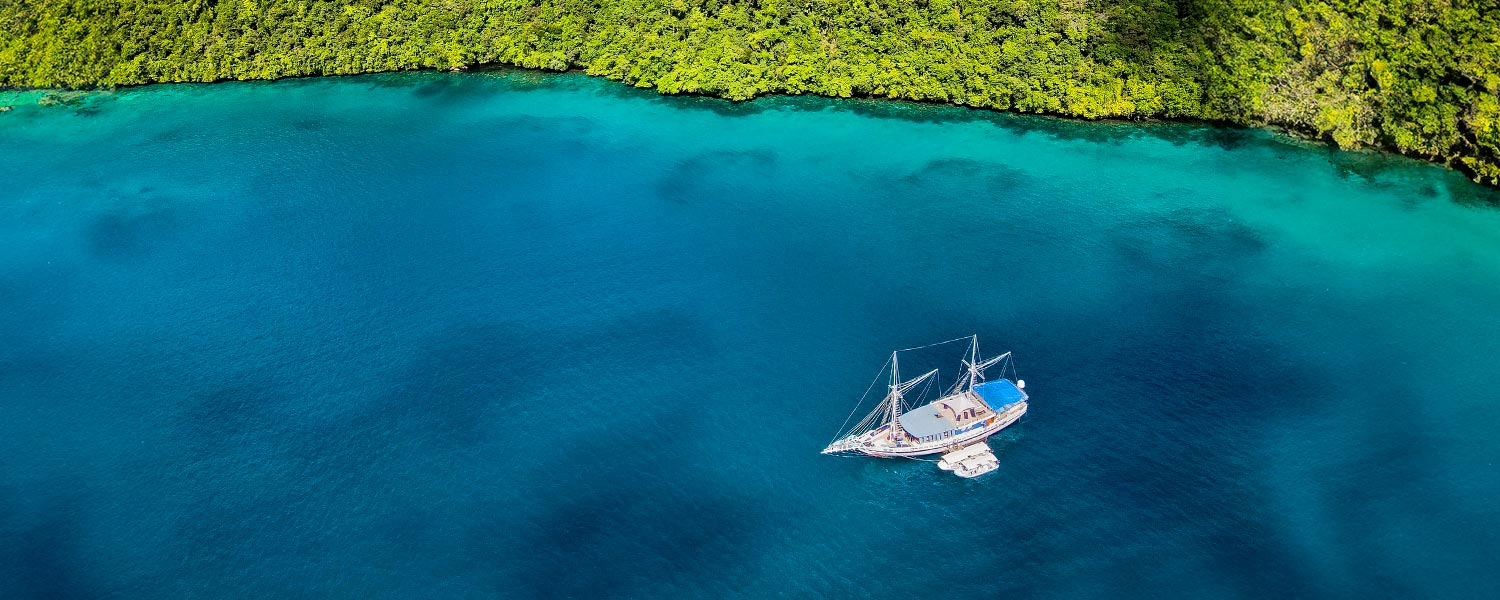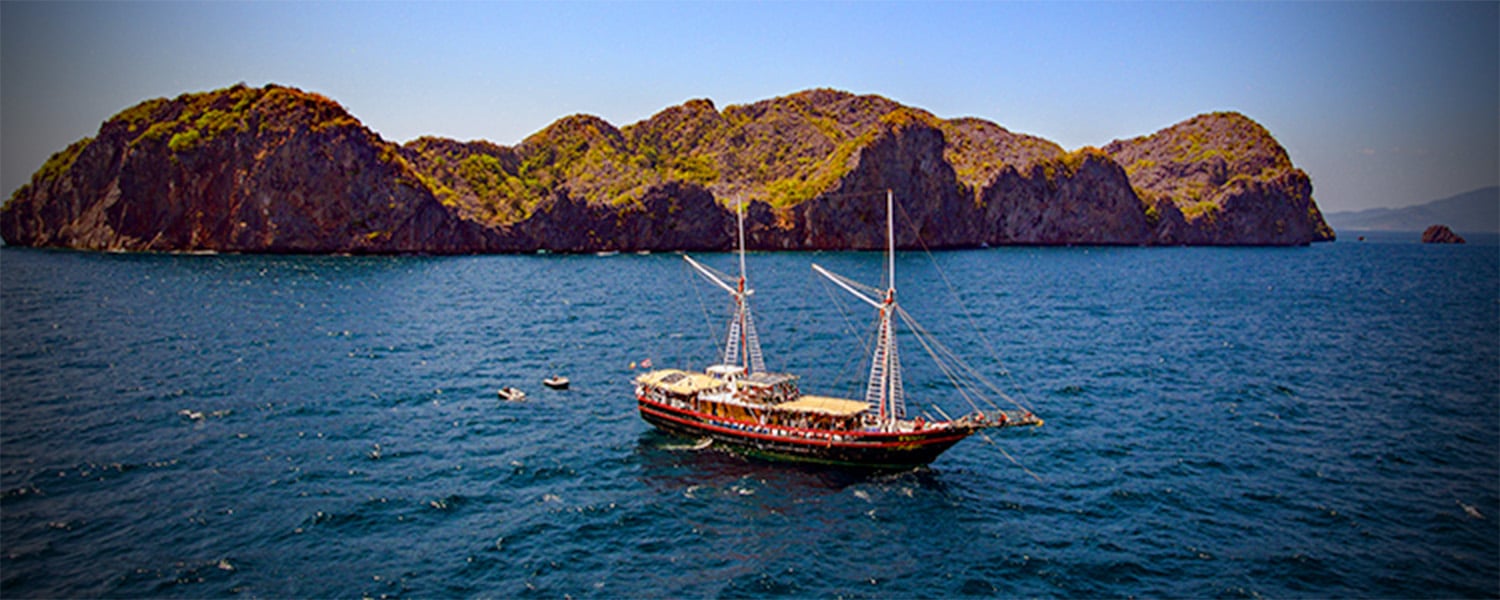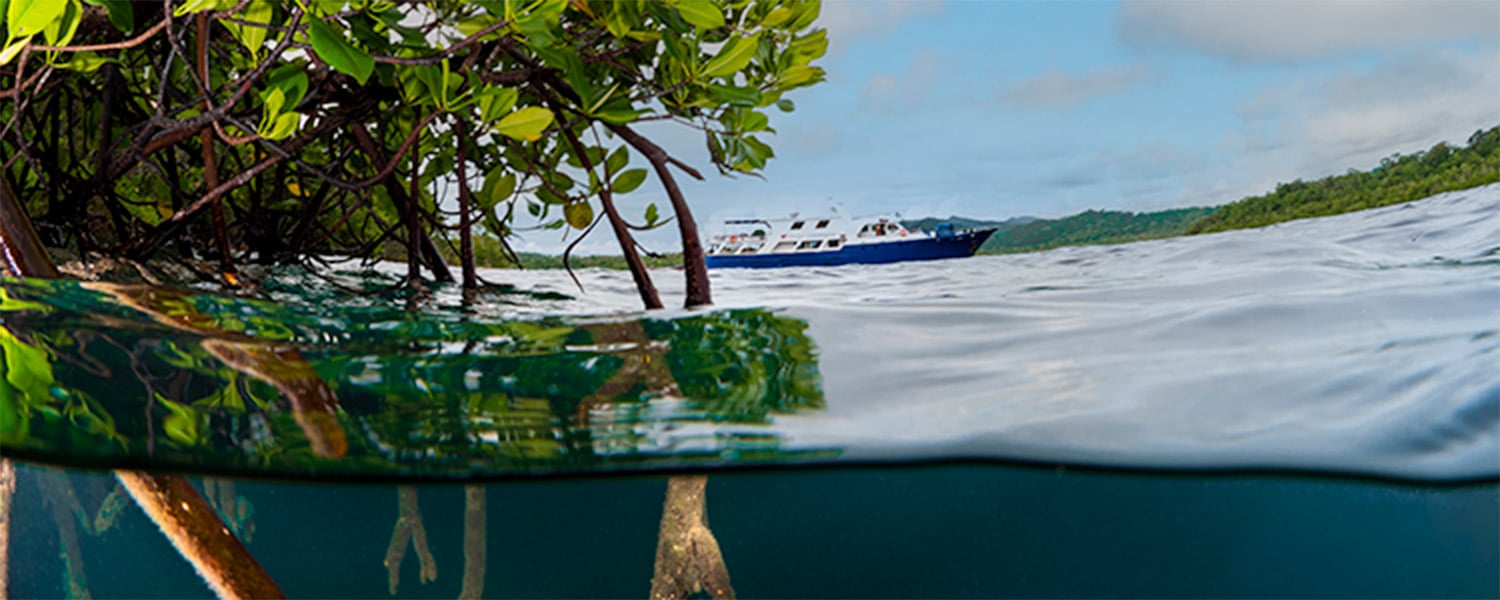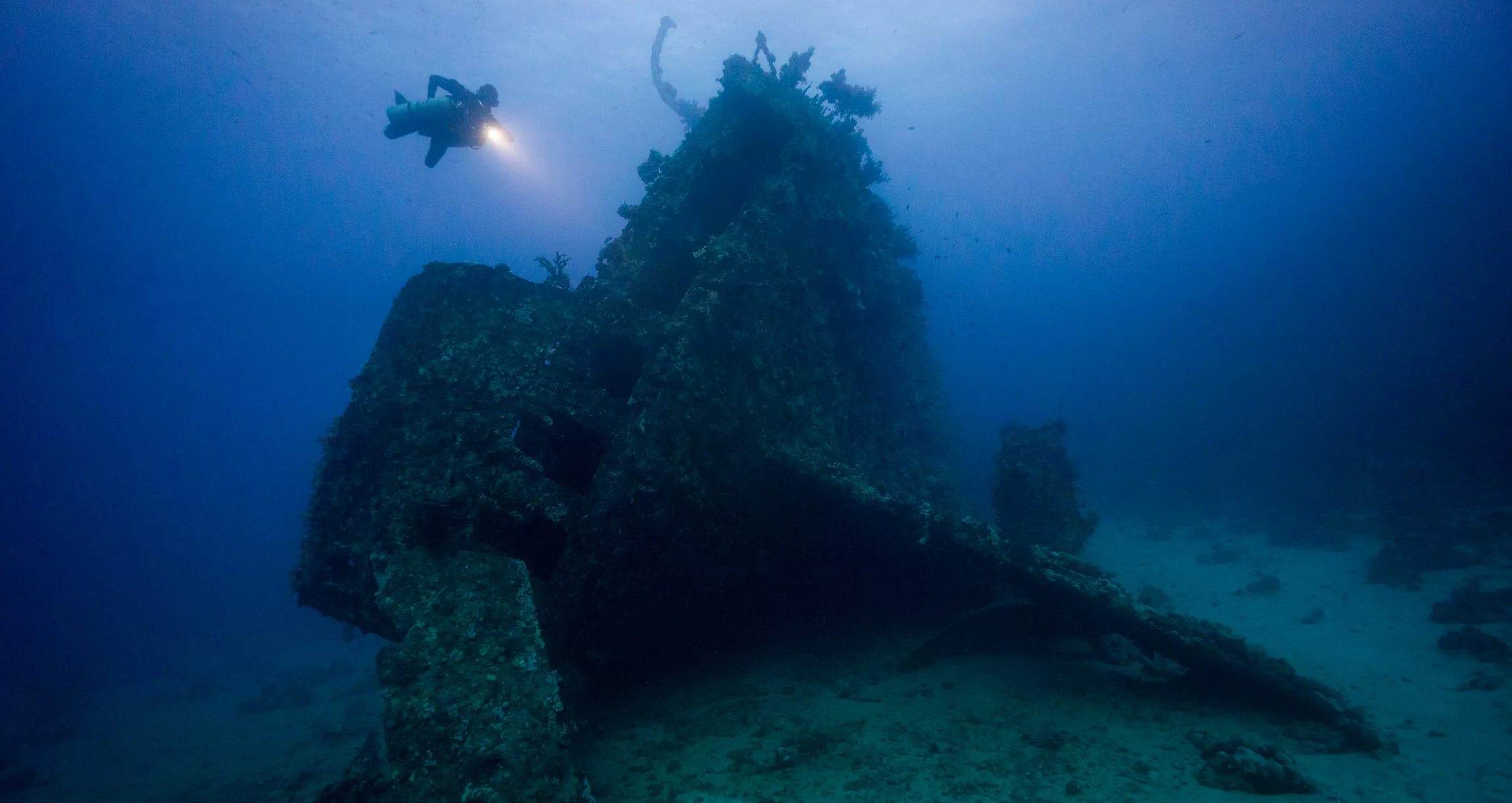If I ask you, what are the lungs of the earth? You will say the Amazon, right? But have you ever wondered what the lungs of the seas are? Well, if we consider the coral reefs as the forests of the seas, then the Coral Triangle will be the lungs! This area of roughly 6 million km2 is known to gather more marine species than anywhere else on earth. It is also the the epicenter of big currents, supplying the coral reefs and inhabitants with nutrients.
So let’s dive into the Coral Triangle and discover this amazing part of the world.
Where and what is the Coral Triangle?
The Coral Triangle is a rough area between Indonesia, Malaysia, the Philippines, the Solomon Islands, Papua New Guinea and Timor-Leste.

Scientists drew imaginary lines using important criteria such as biodiversity and habitat, but also ocean currents. It is one of the 8 major coral reef zones in the world and is recognised as the global centre of marine biodiversity. Many people know it under the nickname “Amazon of the seas” in reference to its forest counterpart in South America.
It contains more than 76% of the world’s shallow-water reef-building coral species, 37% of its reef fish species, 50% of its razor clam species, 6 out of 7 of the world’s sea turtle species, and the world’s largest mangrove forest. These are impressive statistics for this amazing part of the world.
The Coral Triangle lies between 2 oceans (the Pacific and the Indian) and 2 continents (Asia and Australia). This unique position means that the region is influenced by major currents. Especially the currents that flow from the Pacific to the Indian Ocean (part of the “Indonesian Flow-through”). These currents have great influence on the distribution of marine fauna, across the Coral Triangle.
Why such diversity?
Scientists are still trying to find out why there is such a high concentration of species diversity in the Coral Triangle. Three model theories are out there:
- The centre of origin model. This posits that the high diversity of populations in the area of the archipelago are part of a centrally located ancestral population that later dispersed to various peripheral locations.
- The centre of overlap model posits that species, originally in different biogeographic regions, came together as a result of population division (vicariance) and later expanded their range.
- The centre of accumulation model posits that ancestral populations that were originally scattered among peripheral locations came together in a central location and formed a diverse population.
Why it is what it is will remain a mystery for a while. But we divers can still enjoy its beauty. Because we are nice at Master Liveaboards, here are some suggestions to help you pick a trip that will show you the best of the Coral Triangle.
Head to Indonesia to see Coral Triangle marine flora
As we know, the Coral Triangle contains 76% of all known coral species. This is the highest coral diversity in the world. If that’s not enough, you can also find 15 endemic coral species. Your top spot for seeing as many coral species as possible is the Bird’s Head Peninsula in Indonesia.
The name may not mean much, but if we tell you that the bullseye of this peninsula is Raja Ampat, would it help? This particular area of Indonesia hosts 574 species of corals, so you can literally see 72% of the world coral species in one trip.
In order to cover the entire peninsula, the one of the best itineraries to join is Triton Bay & Raja Ampat. For 12 days, you will be exploring these amazing reefs and come back home filled with amazement.

Head to the Philippines to see Coral Triangle marine fauna
The Coral Triangle has more coral reef fish diversity than anywhere else in the world. It has 37% (2,228) of the world’s coral reef fish species (6,000), and 56% of the coral reef fishes in the Indo-Pacific region (4,050). And if that doesn’t blow your mind, 8% (235 species) of the coral reef fishes are endemic – this means you can only find them there!
We know exactly what you are going to ask: where can I see all these fish? There are four top spots within the Coral Triangle to witness the best fish diversity: the Lesser Sunda Islands in Papua New Guinea (not very far from Komodo), the Solomon Islands as a whole, Bird’s Head Peninsula (see above) and, last but not least, the central Philippines.
We have all heard about Tubbataha Reefs National Park in the Philippines, the only underwater UNESCO site in the Coral Triangle. But, for variety, the best place to dive is the Visayas. The whole region will simply leave you speechless with the variety of fishes you will encounter. From big to small, they are all there! the Visayas itineraries cover a lot of different underwater topography, which gives you the best chance to see as many species as possible. You can dive along drop offs to see the bigger and pelagic types. You will then dive on seagrass where you get the chance to find rare species. Finally, we also have extraordinary sites for all sort of macro madness.
Head to the Solomons to see Coral Triangle marine turtles
As we read above, you can find 6 out the 7 marine turtle species in the Coral Triangle. Leatherback, green, hawksbill, loggerhead, flatback, and olive ridley turtles can all be seen in the area. The only one you will miss is the Kemp’s ridley, which lives in the Atlantic.
Hot spots for turtles include the aforementioned Bird’s Head Peninsula, the Papua region in Indonesia (south of Triton Bay), as well as the Lea region in Papua New Guinea and, lastly, New Georgia in the Solomon Islands. We sometimes visit this area north of Munda on our Guadacanal & Western Province itineraries.

We got you covered when it comes down to diving in the Coral Triangle. Whether it’s in the Philippines, in Indonesia or in the Solomons, you can rest assured we will show the best. Contact us for further information.



